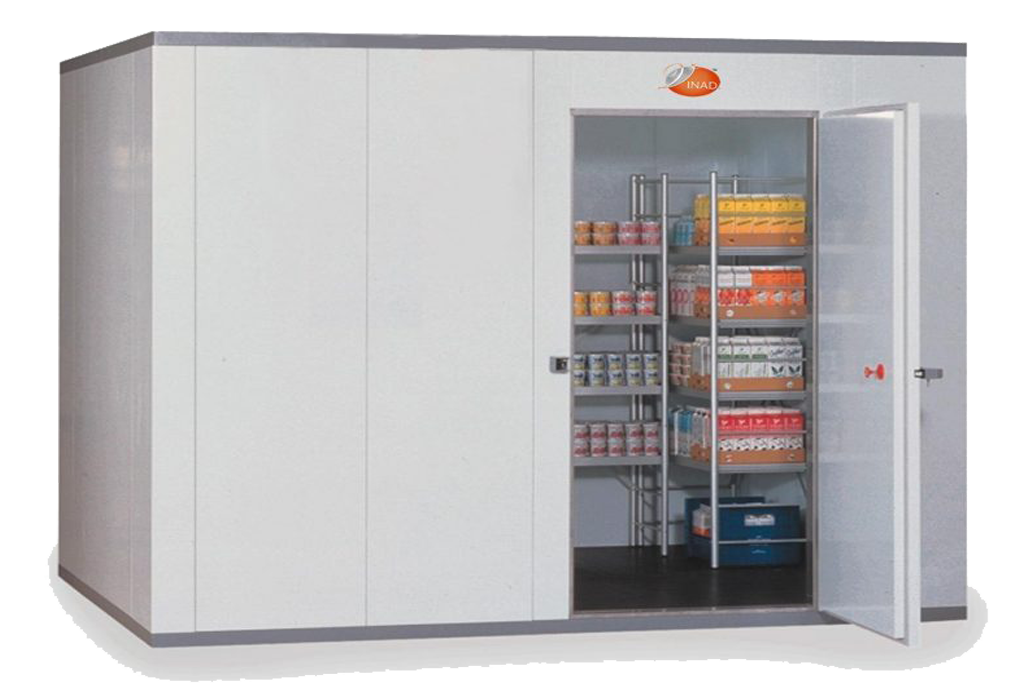Container Cold Room Production: Meeting the Demands of Cold Chain Logistics
Container cold rooms are integral components of the cold chain logistics infrastructure, facilitating the storage and transportation of temperature-sensitive goods across various industries. These portable refrigerated units are designed to maintain specific temperature ranges, ensuring the quality and safety of perishable products throughout their journey. This article explores the significance, design considerations, production process, and applications of container cold rooms in the modern logistics landscape.
Significance of Container Cold Rooms:
In an era of globalization and increased trade in perishable goods, container cold rooms play a crucial role in preserving the integrity and freshness of products during transit. Whether it's food, pharmaceuticals, or chemicals, maintaining optimal temperature conditions is essential to prevent spoilage, extend shelf life, and comply with regulatory requirements. Container cold rooms provide a reliable solution for businesses involved in cold chain logistics, enabling them to transport goods over long distances without compromising quality.
Design Considerations for Container Cold Rooms:
Container cold rooms are engineered with several key considerations to ensure effective temperature control and durability:
Insulation: High-quality insulation materials, such as polyurethane foam or vacuum panels, are used to minimize heat transfer and maintain consistent temperatures inside the container.
Refrigeration System: Advanced refrigeration systems, including compressors, evaporators, and condensers, are installed to regulate temperatures within the container and accommodate varying ambient conditions.
Air Circulation: Efficient air circulation systems are incorporated to ensure uniform temperature distribution throughout the container, preventing hot spots or temperature gradients.
Control Systems: Integrated temperature monitoring and control systems enable real-time tracking of temperature conditions inside the container, allowing for timely adjustments and alerts in case of deviations.
Durability: Container cold rooms are constructed with robust materials and designed to withstand the rigors of transportation, including vibration, shock, and exposure to environmental elements.
Production Process of Container Cold Rooms:
The production process of container cold rooms typically involves the following steps:
Design and Engineering: The design phase involves conceptualizing the container cold room layout, selecting appropriate materials and components, and determining technical specifications based on customer requirements and industry standards.
Fabrication: Once the design is finalized, the fabrication process begins, involving the assembly of structural components, installation of insulation materials, and integration of refrigeration systems and electrical components.
Quality Control: Quality control measures are implemented throughout the production process to ensure adherence to design specifications, performance standards, and regulatory requirements. This may include testing insulation integrity, refrigeration system efficiency, and overall functionality.
Customization: Container cold rooms can be customized to accommodate specific product requirements, such as temperature range, humidity levels, and storage capacity. Custom features may include shelving, lighting, and access doors tailored to the needs of the end-user.
Final Inspection and Testing: Prior to deployment, each container cold room undergoes final inspection and testing to verify functionality, performance, and compliance with quality standards. This may include simulated load testing, temperature mapping, and functional checks of refrigeration equipment and control systems.
Applications of Container Cold Rooms:


